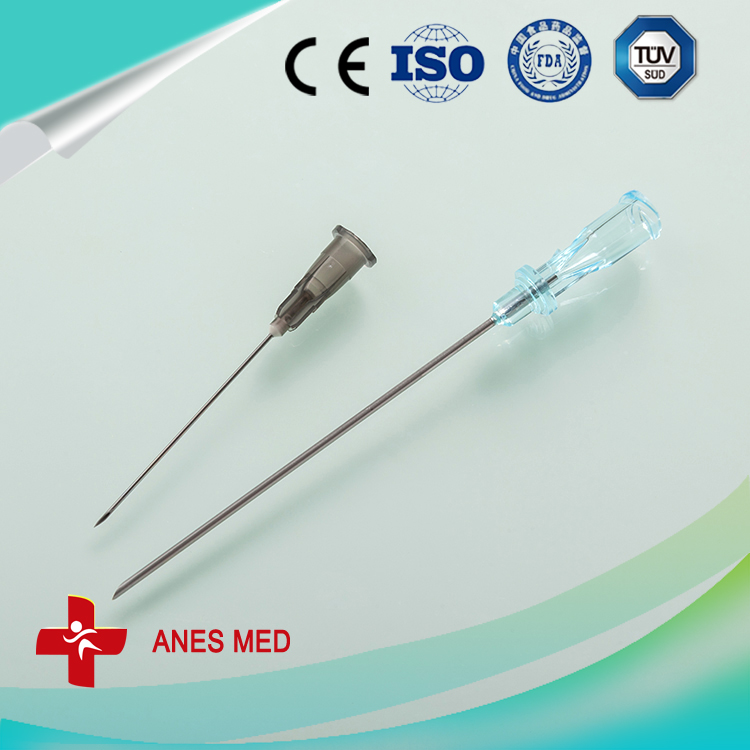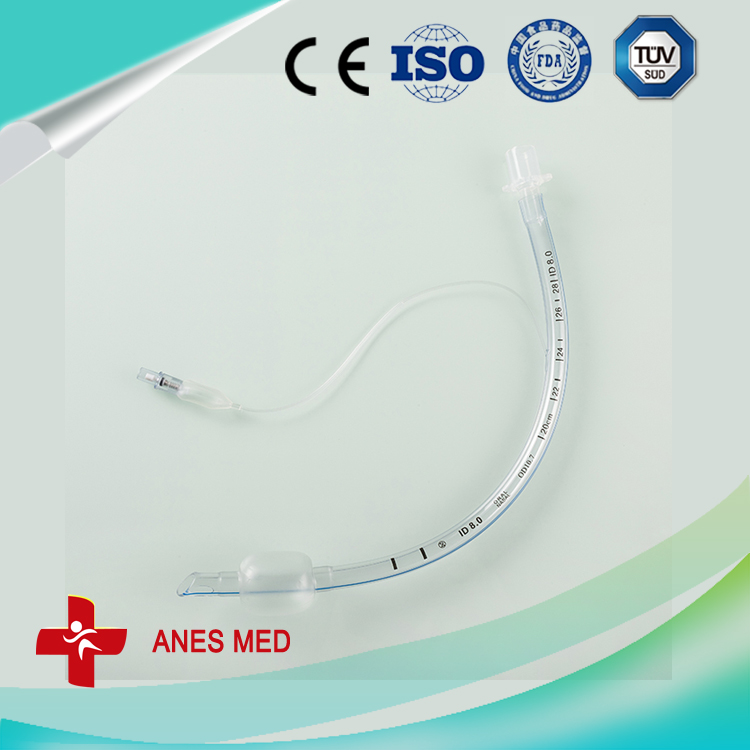“More than 20,000 hospitals in China need to update their Medical Equipment . We mentioned that there are 300,000 rural hospitals. These data are enough to prove that China's medical device market has great potential.†October 28, 2009, Chengdu Century City Pride International Conference Center. Matsuda Yasuhiro, general manager of Canon Medical Equipment Products Division, told reporters during his first media interview after he took office in September.
Canon Medical, which enters China with the top three hospitals as an entry point, is re-examining the medical equipment market in China's mid- to high-end and even rural areas. The above-mentioned "Canon Phenomenon" is actually only a microcosm of the new medical reform of multinational medical device companies in China. The "two hands" of urban and rural areas has become their concerted action.
Want to farm in China
Strengthen the strength of economic products in the product line.
Canon medical executives are busy running the medical device expo after the new job. An important reason is the new medical reform. Since China's medical equipment market is an open market and the competition is fierce. After the new medical reforms have opened up the potential of the grassroots market, almost all the multinational medical machinery companies in China are “movingâ€.
"We will use the internal management efforts of the Group to reduce the cost of existing products and try to be close to the needs of rural medical care. We will continue this effort." Matsuda Yasu said in the above interview.
The company's market sales staff told the "Pharmaceutical Economics" reporter: "Canon Medical's products are actually used in small and medium-sized hospitals. There are some hospitals in the south, such as Jiangsu Shili Hospital. â€
Since the establishment of the first “New Rural Medical Demonstration Center†in Luochuan County, Shaanxi Province in 2008, Siemens Medical has been committed to “farming agriculture†in China.
At the end of 2009, Siemens Medical Systems Group launched the first low-cost medical products in China. The company’s executives explained why Siemens lowered its position: “We have noticed the guidelines for health reform announced by the Ministry of Health, for remote areas and urban suburbs. The medical service organization will have a special investment, and we have specially configured a product line for basic medical care."
In fact, in the past two years, since the beginning of the new medical reform, multinational medical device companies in China are trying to strengthen the strength of economic products in the product line through different strategies, while increasing the grassroots level. Even the penetration of the rural medical market.
Since its cooperation with Neusoft Medical, Canon Medical has been accelerating cooperation with Shanghai Medical, while Philips has been developing low-end products through acquisition and development. In addition to the acquisition of Jin Kewei in China, Philips also cooperates with Neusoft Medical. Have close cooperation.
Joint private hospital
Trying to make up for its own disadvantages through telemedicine and financial leasing.
However, for multinational giants, there is still a big bottleneck in the entry into primary health care, that is, the price. They have noticed that the state's investment in primary health care institutions is limited, and the price of their own products is too high. In order to penetrate the grassroots and even the rural medical market, multinational giants are trying to make up for their own disadvantages through telemedicine and financial leasing.
Similar to Canon Medical, Carestream Health, which is based on optical imaging, is also actively deploying the rural market in China, and has jointly launched a “Rural Medical Informatization Pilot†in Ningxia. The action of Siemens is even more dramatic.
Mr. Luo Xude, President and CEO of Siemens AG, visited the China Executive Committee last month and signed a series of cooperation projects with the Chinese government and enterprises in a total amount of more than 750 million yuan, including the construction of basic medical care with Heilongjiang Province. Systematic strategic cooperation.
According to the cooperation plan between Siemens and the Health Department of Heilongjiang Province, Siemens will establish a basic medical demonstration system in Heilongjiang Province. As part of the contract, Heilongjiang will work with Siemens Healthcare to establish a series of cost-effective medical imaging and remote diagnostic centers in the next two to three years.
Also last month, Siemens also signed a “Intention Agreement on Establishing a Strategic Partnership†with Shenyang Weikang Pharmaceutical Group. Siemens will provide a full range of medical diagnostic solutions to Weikang Hospital and provide comprehensive equipment rental services. .
It is understood that financial leasing is essentially a way of purchasing assets by installment payment, that is, the financing method of financing leased fixed assets and paying lease fees in installments. The fixed assets that the medical equipment belongs to under the control of the medical institution during the lease period are regarded as the own assets of the medical institution. The lease expires and the ownership of the fixed assets is the leaser. Through the above financing methods, it is possible to sell high equipment to the primary hospital.
Multi-faceted attack is only for medical reform
While the medical reform will promote the expansion of the market, it will be accompanied by market consolidation brought about by the improvement of GMP standards.
Recently, Siemens announced that its medical business in China has achieved remarkable growth in 2009, and these growths are based on the ravages of the international financial crisis.
Obviously, due to the medical reforms benefiting from China, the resistance of multinational medical device companies to the crisis has become quite strong. According to the Ministry of Health's Planning and Finance Department's emphasis on the centralized procurement of medical devices, the equipment configuration of medical institutions will be carried out according to the principle of “filling in and filling upâ€. According to the news office of the Ministry of Health, the construction of grassroots health infrastructure will allocate a special investment of 4.8 billion yuan.
According to data from the China Chamber of Commerce for Import and Export of Medicines and Health Products, from the bidding situation in large cities, foreign-funded enterprises in the high-end and large-scale medical device market in China have accounted for 80%, while low-end equipment and Medical informatization has also begun to penetrate them. At present, IBM Greater China Software Group and IBM China Development Center have launched the "IBM Medical Industry Solution Lab" in China, and Microsoft has signed a cooperation agreement with the Affiliated Hospital of Qingdao University Medical College.
In fact, 80% of this data is the best explanation for the successful performance of multinational giants such as Siemens in China. Nowadays, China's medical equipment exhibition is as large as CT and other large equipment to the arterial stent. Multinational giants can be said to be everywhere: DR, MR have Canon Medical and Ruiyi Medical, orthopedics, vascular stents have Medtronic, CT and other equipment. In terms of aspects, it is divided by Siemens, Johnson & Johnson, and GE.
In 2010, for the above-mentioned multinational giants, it will undoubtedly be a year of great development. GE Healthcare is further improving the five major medical solutions such as the “Regional Health Information Collaboration Platform and Basic Medical Solution†prepared for China's medical reform. Siemens is also continuing to increase its investment in Siemens Shanghai International Medical Park and find partners.
Songda Kangyu of Canon Medical revealed to reporters: "In order to enable more hospitals in China to adopt Canon's products, Canon is striving to expand its sales partners. At present, it is particularly focused on the whole machine manufacturers, especially to cooperate with local Chinese manufacturers."
On January 1, 2011, this will be an important day for the Chinese medical device industry . According to the "Quality Management Regulations for Medical Device Production (Trial)" issued by the State Food and Drug Administration, the GMP specification for medical devices will be tested on this day. While the medical reform will promote the expansion of the market, it will be accompanied by market consolidation brought about by the improvement of GMP standards. In the next year, the competition between multinational giants is bound to become more intense.

pidural and spinal combined anesthesia puncture, Epidural Needle ,Introducer Needle, Infusion Pumps ,trachea cannula,
Components FOR AS-E/S FULL KIT
| Name | Spec. | Qty. |
| Epidural needle | 16G | 1 |
| spinal needle | 25G | 1 |
|
No damage Anesthesia Catheter (Patent) |
length>90cm OD 1.0mm |
1 |
| Anesthesia catheter adapter | -- | 1 |
| Air filter | - | 1 |
| Liquid filter | - | 1 |
| Catheter assist guide | - | 1 |
| Surgical latex gloves | 7.0# 7.5# 8# | 1 |
| Negative pressure tube | - | 1 |
| Sponge brush | 3 | |
|
Sterile injector needle |
16G 1.6 | 1 |
| 22G 0.7 | 1 | |
| 23G 0.6 | 1 | |
| Low-resistance injector | 5ml | |
|
Sterile syringe |
20ml | 1 |
| 3ml | 1 | |
| Woundplast | - | 1 |
| Compresses | 7*7*8 | 3 |
| Tray cover | - | 1 |
| Catheter adhesive slice | 5cm*8cm | 1 |
| Bottom cover | - |
(AS-E/S) Combined spinal Epidural Anesthesia puncture package/kit
(AS-E) Epidural anesthesia puncture package/kit
(AS-S) Spinal anesthesia puncture package/kit
(AS-N) Nerve Anesthesia puncture package/kit
Y-valve Connector
Blood Inflation Balloon


Epidural Needle,Introducer Needle,Infusion Pumps,Tracheal Cannula,Y-valve Connector,Blood Inflation Balloon
Anesthesia Medical Co., Ltd. , http://www.sinoanesthesia.com
